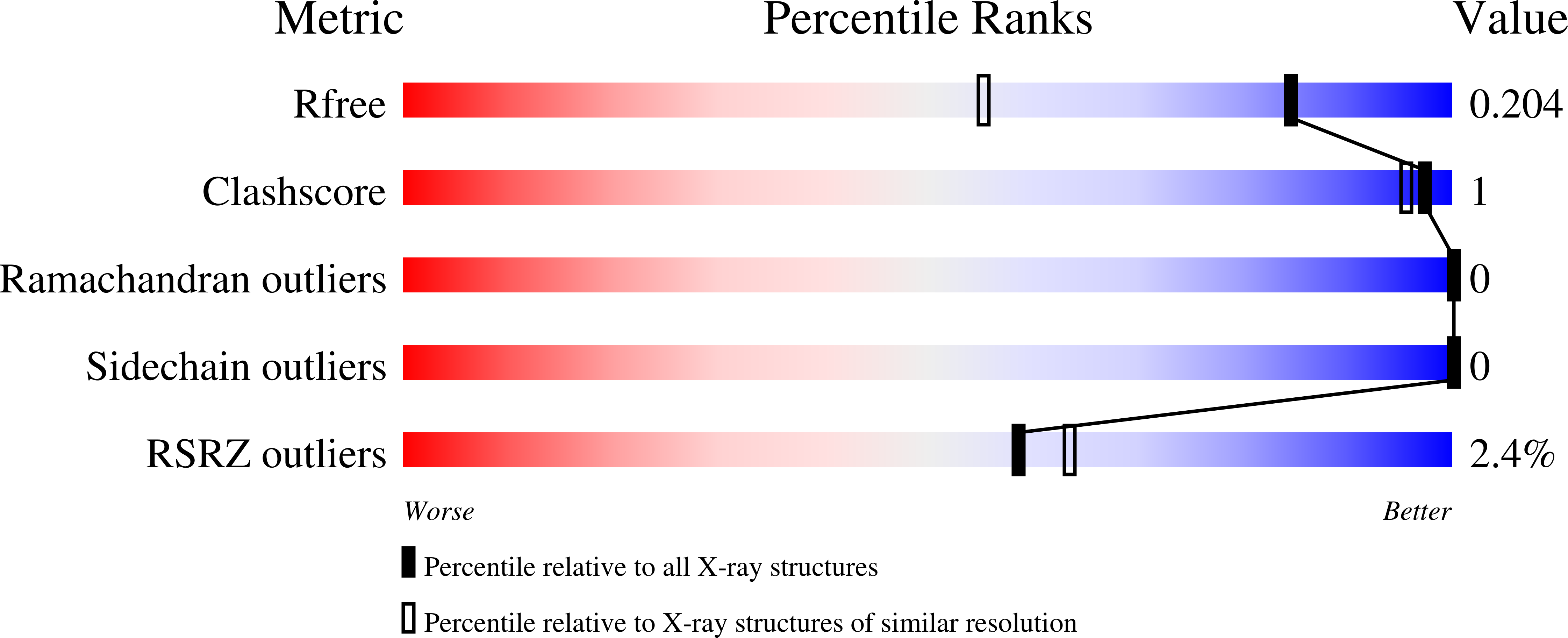
Deposition Date
2021-12-20
Release Date
2022-03-16
Last Version Date
2023-10-18
Entry Detail
PDB ID:
7TAE
Keywords:
Title:
Crystal Structure of the NPR1-Interacting Domain of TGA3
Biological Source:
Source Organism:
Arabidopsis thaliana (Taxon ID: 3702)
Host Organism:
Method Details:
Experimental Method:
Resolution:
1.50 Å
R-Value Free:
0.21
R-Value Work:
0.18
R-Value Observed:
0.18
Space Group:
C 2 2 21


